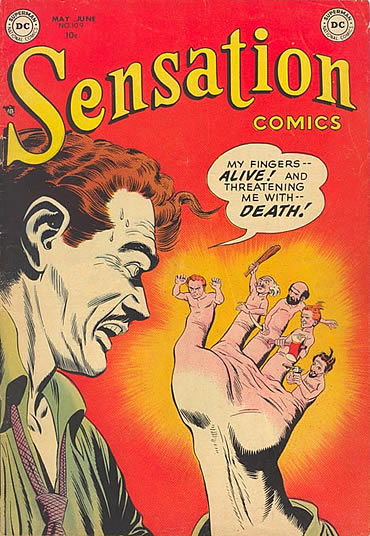I stumbled across a review of a book called Novels in Three Lines by Félix Fénéon, and given how I admire concision (or say I do, at any rate), I just had to take a look. The title in French, Nouvelles en trois lignes, is actually a pun: nouvelles can be taken as either “novellas” or “news.” In fact, insofar as the items originally appeared in a newspaper, “news” could be considered the primary sense.
The rest of the title refers to the fact that, in the narrow newspaper columns, the bits were invariably three lines long. They were first published serially in 1906 in Le Matin. Here are a few samples, translated by Luc Santé:
In political disagreements, M. Bégouen, journalist, and M. Bepmale, MP, had called one another “thief” and “liar.” They have reconciled.
Again and again Mme Couderc, of Saint-Ouen, was prevented from hanging herself from her window bolt. Exasperated, she fled across the fields.
The French ditchdiggers of Florac have protested, sometimes with their knives, against the amount of Spanish spoken on their work sites.
In Clichy, an elegant young man threw himself under a coach with rubber wheels, then, unscathed, under a truck, which pulverized him.
Scheid, of Dunkirk, fired three times at his wife. Since he missed every shot, he decided to aim at his mother-in-law, and connected.
Soon after the book arrived, I stumbled—again—across an item in the newspaper that seemed to ask for Fénéonesque treatment. I thought: Why not try my hand at it? My first attempt was too long; after whittling, it came to this:
G. Edgerton, hunting alone in the woods of Dale County, climbed a dead tree, which fell and crushed him. His carcass was found the next day.
Right off the bat I had a problem. “Carcass” is accurate (though startling when used for humans) and injects a bit of irony. The cruelty, however, is uncalled for. This was an unfortunate accident, not divine retribution. (Unlike Fénéon, I’ve changed the name and location. Do I want the victim’s family or friends stumbling across this “clever” squib? Clearly I don’t have the stomach for this.)
The next version was slightly shorter and didn’t editorialize:
G. Edgerton, hunting alone in the woods of Dale County, climbed a dead tree and was found dead the next day, crushed by the tree.
Not enough story, I thought. So—
G. Edgerton failed to return from hunting in the woods of Dale County. He had climbed a dead tree that toppled and crushed him.
—the implied drama in the home he had left in the morning for perhaps the thousandth time. Better? Maybe it needs an expressive detail (and maybe the name could be dropped):
A local hunter failed to return home. His longbow was found before he was, crushed beneath the dead tree he had climbed and overwhelmed.
Wait—is it the man who was crushed, or the longbow? With something this short, syntax really matters. And: did he survive, or did he expire? By this point I’m spinning and slipping and losing my bearings completely. I think we’d better let Fénéon do the fénéoning:
There was a gas explosion at the home of Larrieux, in Bordeaux. He was injured. His mother-in-law’s hair caught on fire. The ceiling caved in.
Before jumping into the Seine, where he died, M. Doucrain had written in his notebook, “Forgive me, Dad. I like you.”
In order to see the world, Louis Legrand, Bedroux, and Lenoël, with a collective 36 years to go, escaped from the penal colony at Gaillon.
An unknown person painted the walls of Pantin cemetery yellow; Dujardin wandered naked through Saint-Ouen-l’Aumône. Crazy people, apparently.


